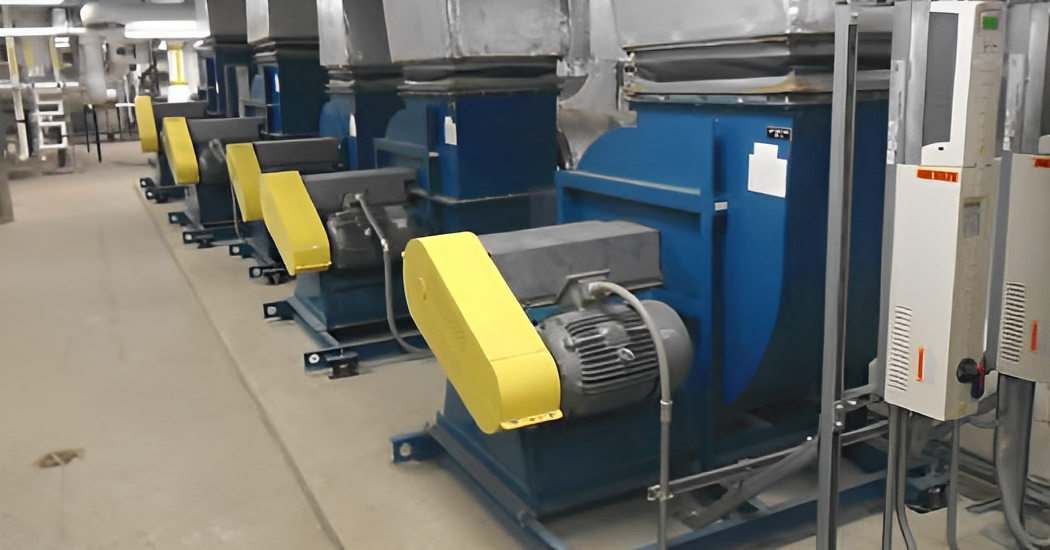Overview
Maximum energy efficiency is the cornerstone of a long and growing list of building certification initiatives such as LEED, Green Globes, Zero Energy Buildings, Living Building Challenge, and Energy Star for Buildings. And variable frequency drives (or VFDs) are a key tool in achieving this energy efficiency. By allowing motors to run at less than full speed, VFDs let HVAC system designers match capacity to changing heating/cooling loads, dramatically reducing energy costs. But VFDs can also damage the bearings of the motors they control — often in as little as 3 months! To ensure the reliability of VFD-driven HVAC motors and lock in energy savings from VFDs, proven long-term bearing protection is essential.
Introduction
Challenged to reduce energy consumption, facility managers are installing variable frequency drives (VFDs, also known as inverters) in heating, ventilation, and air conditioning (HVAC) systems. By allowing motors to run at less than full speed, these drives can yield energy savings of 30% or more, but they also induce currents that can damage bearings and shorten motor life. The resulting repair costs can wipe out any savings from VFD use. To make HVAC systems truly reliable as well as energy-efficient, proven long-term bearing protection is needed.
